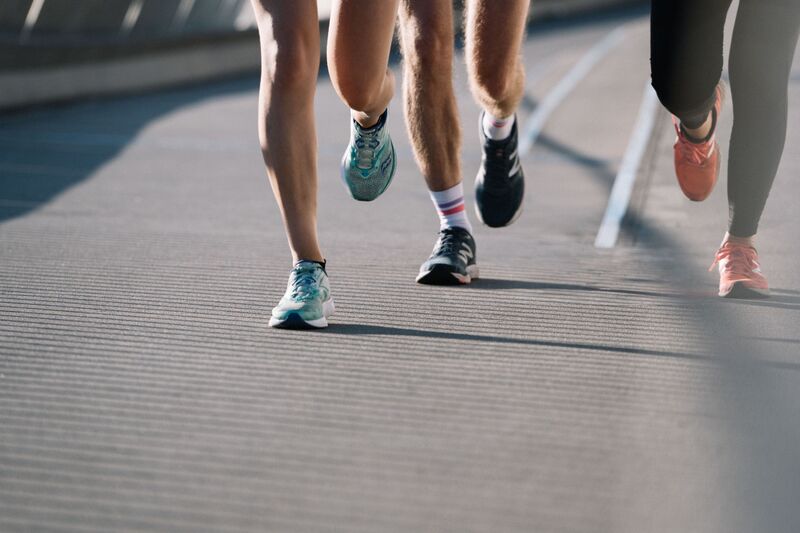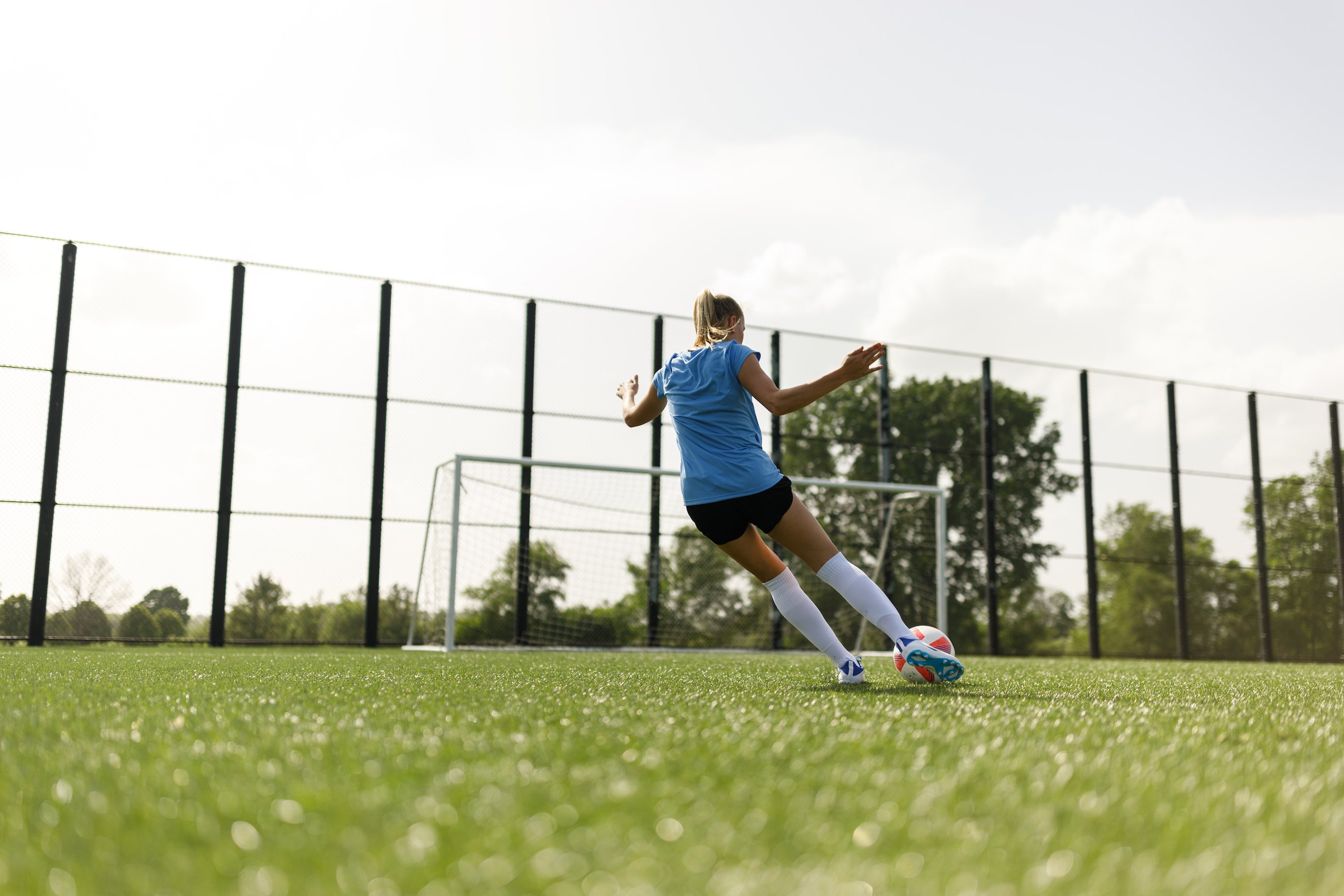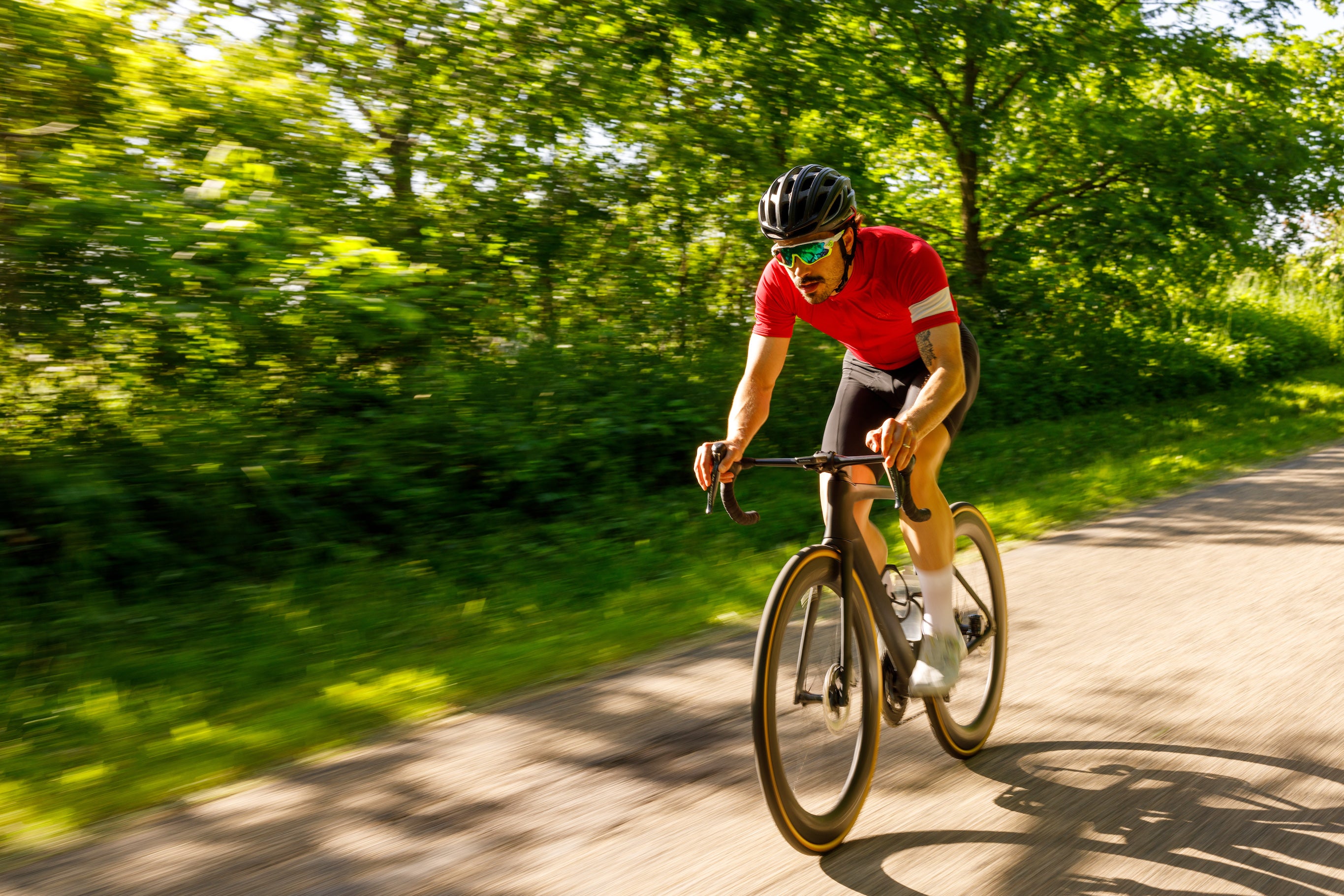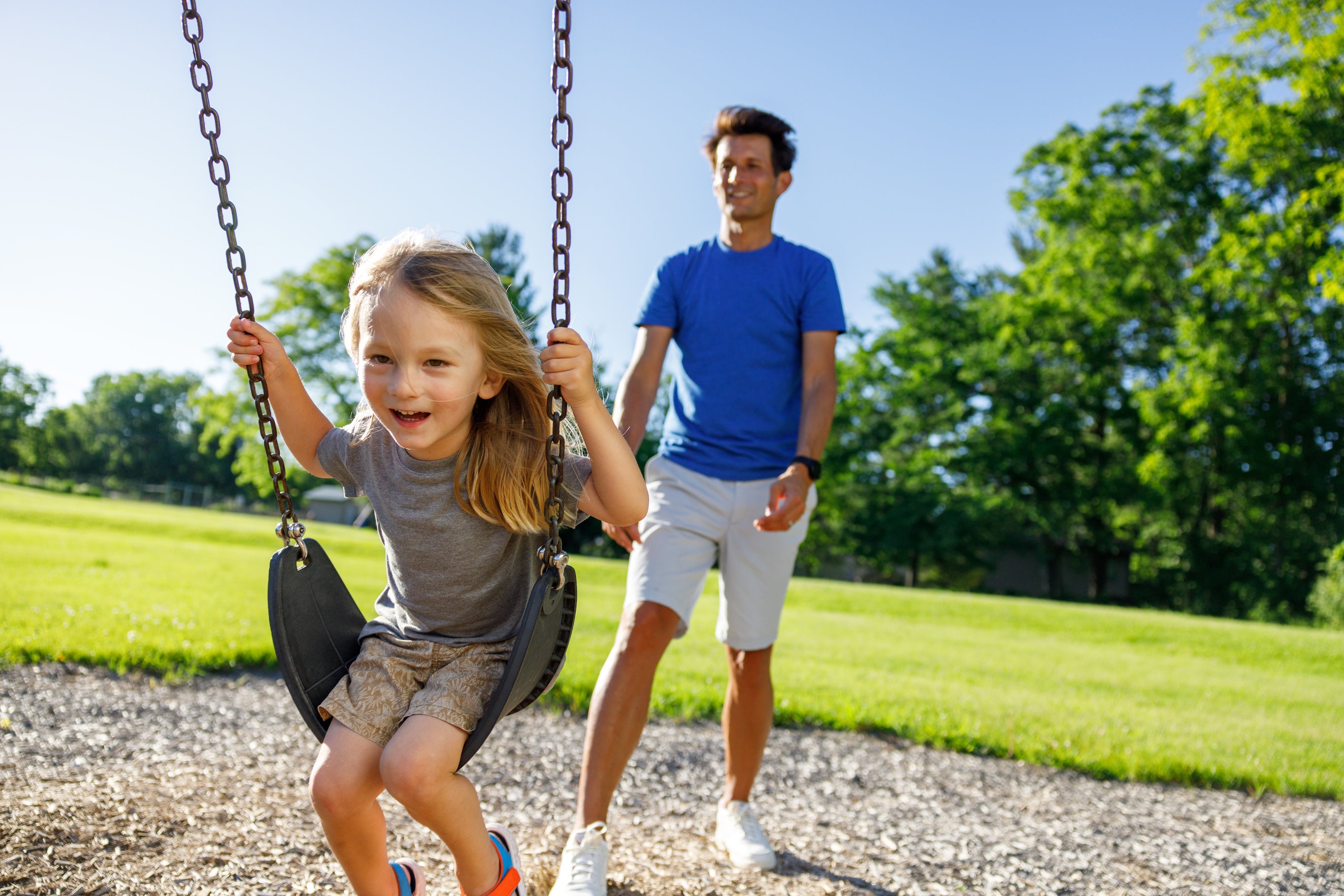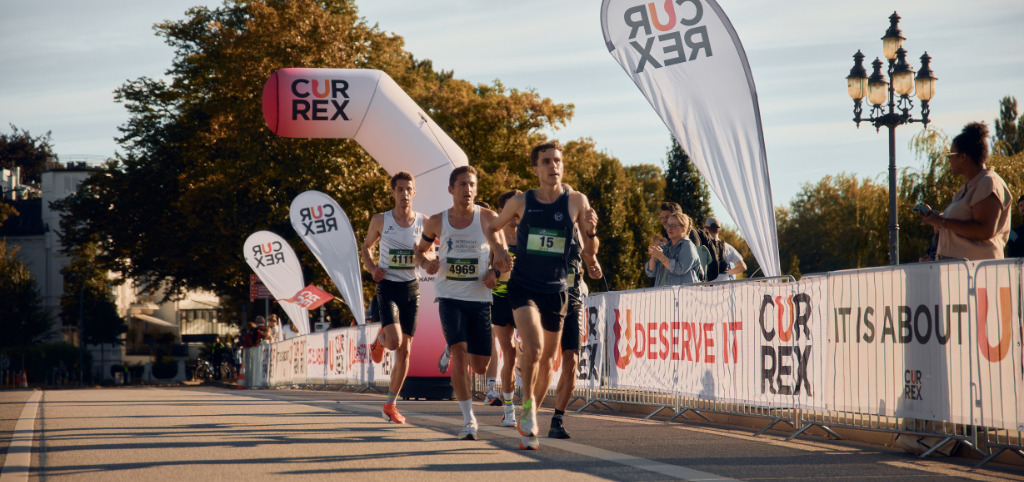ACHILLES TENDINITIS: WHEN THE ACHILLES TENDON HURTS

ACHILLES TENDINITIS: WHEN THE ACHILLES TENDON HURTS
Overloading, stiff running shoes, lack of flexibility - when the Achilles tendon hurts, the search for the cause begins. Alongside the dreaded runner's knee and shin splints, Achilles tendinitis is one of the most common running injuries. Why is that? Here you can find out how Achilles tendinitis or achillodynia develops, why you should stretch your Achilles tendon and which home remedies help.
In a nutshell
- THE ACHILLES TENDON: OUR WEAK POINT
- FUNCTION OF THE ACHILLES TENDON
- RECOGNIZING ACHILLES TENDONITIS: THE SYMPTOMS
- HOW DOES ACHILLODYNIA DEVELOP?
- HOW YOU CAN TREAT ACHILLES TENDON PAIN
- HOW CAN YOU PREVENT ACHILLES TENDON PROBLEMS?

THE ACHILLES TENDON: OUR WEAK POINT
The Achilles tendon is the strongest tendon of the human body, but especially for runners it is the weak point par excellence. Incidentally, it owes its name to the hero Achilles from Greek mythology, whose only vulnerable spot was his heel. In the running scene, the name still says it all: because a large proportion of running enthusiasts regularly struggle with pain in the Achilles tendon and may have to take a break from training or even end the competition season early. In numbers: In the population, 3 to 4% of people suffer from Achilles tendon pain - in the running scene, the figure is as high as 40%.
"The Achilles tendon is the strongest tendon in the human body".
FUNCTION OF THE ACHILLES TENDON
The Achilles tendon connects the calf muscles to the heel bone and starts roughly in the middle of the lower leg. Even though it is our strongest tendon, it is also the least elastic. With a length of approx. 20-25 cm, it forms the bridge between the foot and lower leg. Without it, stretching the foot and thus a normal gait would be inconceivable.
The Achilles tendon provides the necessary momentum on the running track: thanks to the Achilles tendon, power can be transferred from the calf muscles to our foot skeleton. It works like a spring, which is stretched during running and stores energy. In the next step, this energy is released again when the tendon returns to its original length.

RECOGNIZING ACHILLES TENDONITIS: THE SYMPTOMS
Achilles tendinitis is characterized by dull or stabbing pain in the Achilles tendon or heel bone. This pain is accompanied by starting pain when standing up, which you may recognize from our plantar fasciitis article.
Does your Achilles tendon hurt when you press on it? A noticeable sensitivity to pressure is also not uncommon with this running injury. If your Achilles tendon is inflamed, you may feel stiffness in your calf, which can also extend to your ankle. Other symptoms of Achilles tendinitis include a hardening in the lower calf area and a thickening/swelling of the tendon.
HOW DOES ACHILLODYNIA DEVELOP?
Achilles tendon pain is the result of overuse. Marathon training, a hasty start to the running season, a sudden increase in training workload or too short recovery times can therefore be causes of overloading. Because we should not forget: With every step, our Achilles tendon absorbs many times our weight. This demands a lot from it. If the tendon can no longer function properly, it hurts. The diagnosis: Achilles tendinitis.
The most common causes of Achilles tendon irritation include
- Short-term increase in training intensity or general overuse
- Frequent speed
- and mountain runs, which put a lot of strain on the Achilles tendon
- Foot misalignments such as overpronation
- Stiff running shoes that cause the tendon to twist
- Inappropriate running shoes, especially at the heel cap
- Hip misalignments
- Tension or shortening of the calf muscles
- Lack of ankle flexibility
- Incorrect running technique such as one-sided forefoot running
HOW YOU CAN TREAT ACHILLES TENDON PAIN
Does your Achilles tendon hurt? When it starts to pinch, you should start with the right therapy, because at this point the progression of Achillodynia can be stopped and the healing of the Achilles tendon accelerated at the same time. So what you should take to heart:
Take a break from running
Can you tell us a thing or two about a sore Achilles tendon? This calls for a break from running - because if you continue to cover kilometer after kilometer, you risk more severe injuries to the Achilles tendon and a much longer forced break. Switch to sports that are easy on the joints, such as swimming, for one to two weeks.
Stretching the Achilles tendon with exercises
Eccentric training is the key word here. The best treatment for Achilles tendon irritation is eccentric exercises for the calf muscles. Eccentric stretching means yielding the movement, i.e. a negative movement. This creates tensile stress on the collagen fibers that make up the Achilles tendon. The fibers are strengthened and the stored water is reduced. According to a study in the British Journal of Sports Medicine, patients with chronic Achillodynia were able to achieve good recovery rates with eccentric exercises. Eccentric training should be carried out for at least twelve weeks after the first symptoms appear, preferably twice a day. However, it is even better to incorporate stretching of the Achilles tendon into the training routine as a preventative measure.
"The best remedy for Achilles tendon irritation is eccentric training for the calf muscles."
Here's how it works: Find an elevation such as a staircase, crate or kerb. Both heels hang in the air and now stretch your legs upwards. Once at the top, lift one foot off the step. The heel of the other foot is now slowly lowered downwards to stretch the Achilles tendon. Then push up again with both feet. The most important part of this exercise is the lowering from the toe position into the stretch and not the pushing up. Please note that eccentric training should only be on your agenda when severe pain in your Achilles tendon is a thing of the past.
Other exercises such as calf raises in a standing position or on the stairs are extremely helpful for strengthening the muscles. Or try the lunge: put one leg forward for the lunge position. Both heels have firm contact with the floor. Lift yourself up from the lunge by extending the front knee. As you exhale, shift your weight forward over your front ankle until your heel remains on the floor. You will feel a clear stretch in your back calf.
Choosing the right running shoes
Make sure that your running shoes support your individual movement. A running shoe should not be easy on the foot or completely relieve it of the work of cushioning and support, otherwise the foot will not develop any momentum of its own and will be all the more susceptible to complaints. Increasing the heel padding should also only be done in the acute phase of Achilles tendon irritation - but should never be used permanently.
Optimisation of the running technique
Incorrect running technique can contribute to Achillodynia. For example, runners who are new to forefoot running complain of Achilles tendon pain. However, excessive heel running also strains tendons and joints due to the unnaturally high ground pressure. Would you like to take a closer look at your running technique? Visit our CURREX 5-D Lab for a professional running analysis. On the one hand, your running style will be optimized, which can work wonders in preventing Achilles tendon pain. On the other hand, you will receive tips for optimal running shoes and the right insoles. We regularly receive feedback from our customers - also regarding Achilles tendon problems. We are proud that we can help them with our expertise and the CURREX RUNPRO.
Release adhesions of the plantar fascia
It is not uncommon for an adhered plantar fascia to contribute to Achilles tendon complaints. Just like the calf muscles, it pulls the Achilles tendon. Adhesions in the area of the plantar fascia can be released with targeted exercises.
Home remedies for Achilles tendon pain
Anyone can administer first aid for acute Achilles tendon pain at home. These home remedies can help with Achilles tendinitis to get you back on the running track soon.
- Ice packs cool the tendon
- Curd compresses relieve discomfort and can reduce inflammation of the Achilles tendon
- Free positioning on a towel or cushion if the tendon is sensitive to pressure
- Castor oil is said to have an analgesic and anti-inflammatory effect: massage the oil into the affected area several times a day using circular movements
- An Achilles tendon massage generally helps to loosen hardening, but should never cause severe pain in the tendon

HOW CAN YOU PREVENT ACHILLES TENDON PROBLEMS?
Don't let your inflamed Achilles tendon get in the way of your plans in the first place. The following points will help you take preventative measures to avoid unnecessary training breaks and pain:
Workload
It is important to carefully increase the volume and intensity of your running training with sufficient regeneration - it's not just your Achilles tendon that will thank you for this.
Strength & flexibility
The prerequisite for unrestricted performance of the Achilles tendon is flexible and strong calf muscles. Continuously stretching and strengthening the Achilles tendon works wonders - you'll see.
Walk barefoot
Walk barefoot regularly to challenge and massage your foot muscles.
SUMMARY
Here are the most important points to keep Achillodynia at bay:
- Stretching exercises. Perform eccentric training of the calf muscles. Aim to improve your flexibility and strength by incorporating exercises into your training routine.
- Check your running style. Optimize your running technique, ideally with the help of a professional running analysis. This will also tell you whether your running shoes and insoles meet your individual needs.
- Running workload. Adapt your running training, i.e. ensure a healthy balance between exertion and recovery.


